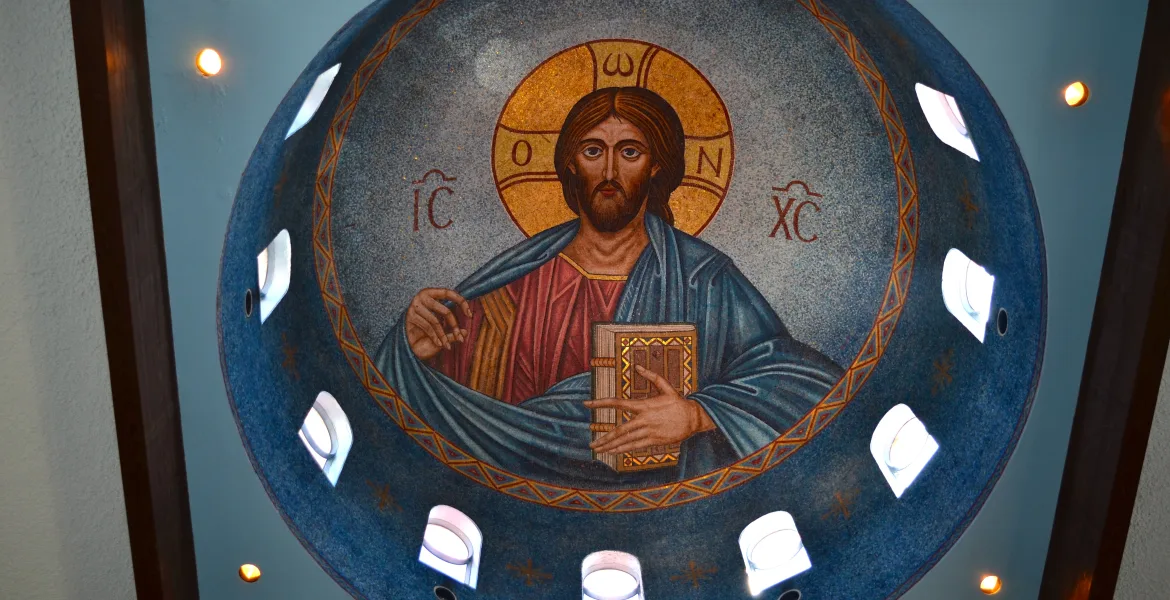Have you ever stumbled upon a decoration or sign sporting "Xmas" instead of "Christmas" and pondered the reason behind it? Wonder no more, for the answer lies in a past far older than you might imagine.
Contrary to common misconceptions, Xmas isn't a modern space-saving abbreviation or an attempt to secularize the holiday. Its origins stem from a desire to do quite the opposite!
According to Dictionary.com, the "Xmas" notation emerged around the mid-1500s as simply another way to write "Christmas." Back then, the "X" wasn't meant to be pronounced as "ecks" like we do today, but rather as its Greek counterpart, "chi."
Chi, the first letter of the Greek word Χριστός (Christos) meaning "(Jesus) Christ," served as a universal symbol for Christ across various languages. Other, less common abbreviations following this style include "Xpian" and "Xtian," both representing "Christian."
Interestingly, the use of "X" as a Christian abbreviation predates even Xmas itself. Since the Roman Empire, Greek letters have been employed to identify Christians. As U.S. Catholic explains, early Christians in the Roman Empire often used the Chi-Rho (☧) symbol to mark their sacred spaces, including tombs and places of worship. Chi-Rho is essentially a stylized combination of the Greek letters chi and rho, the first two letters of Χριστός.
The Chi-Rho symbol's significance endured beyond the Roman Empire's fall and remains a cherished emblem for Eastern Orthodox Catholics to this day.
So, the next time you encounter "Xmas," remember that it's not some modern invention but a historical nod to a much older tradition of expressing Christian faith through language. It's a reminder that even amidst the festive cheer, a rich tapestry of history and symbolism is woven into the very fabric of our holiday traditions.

